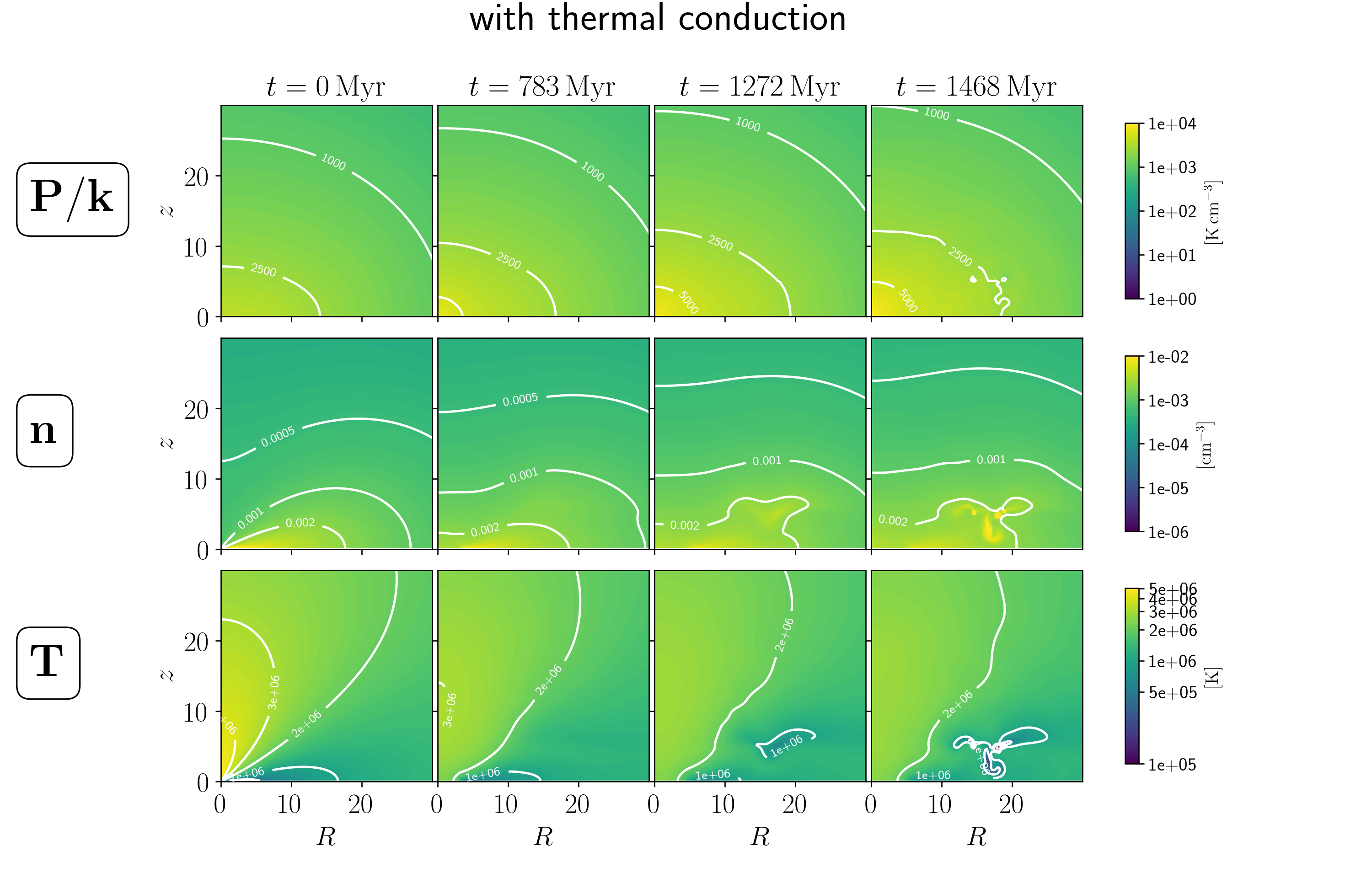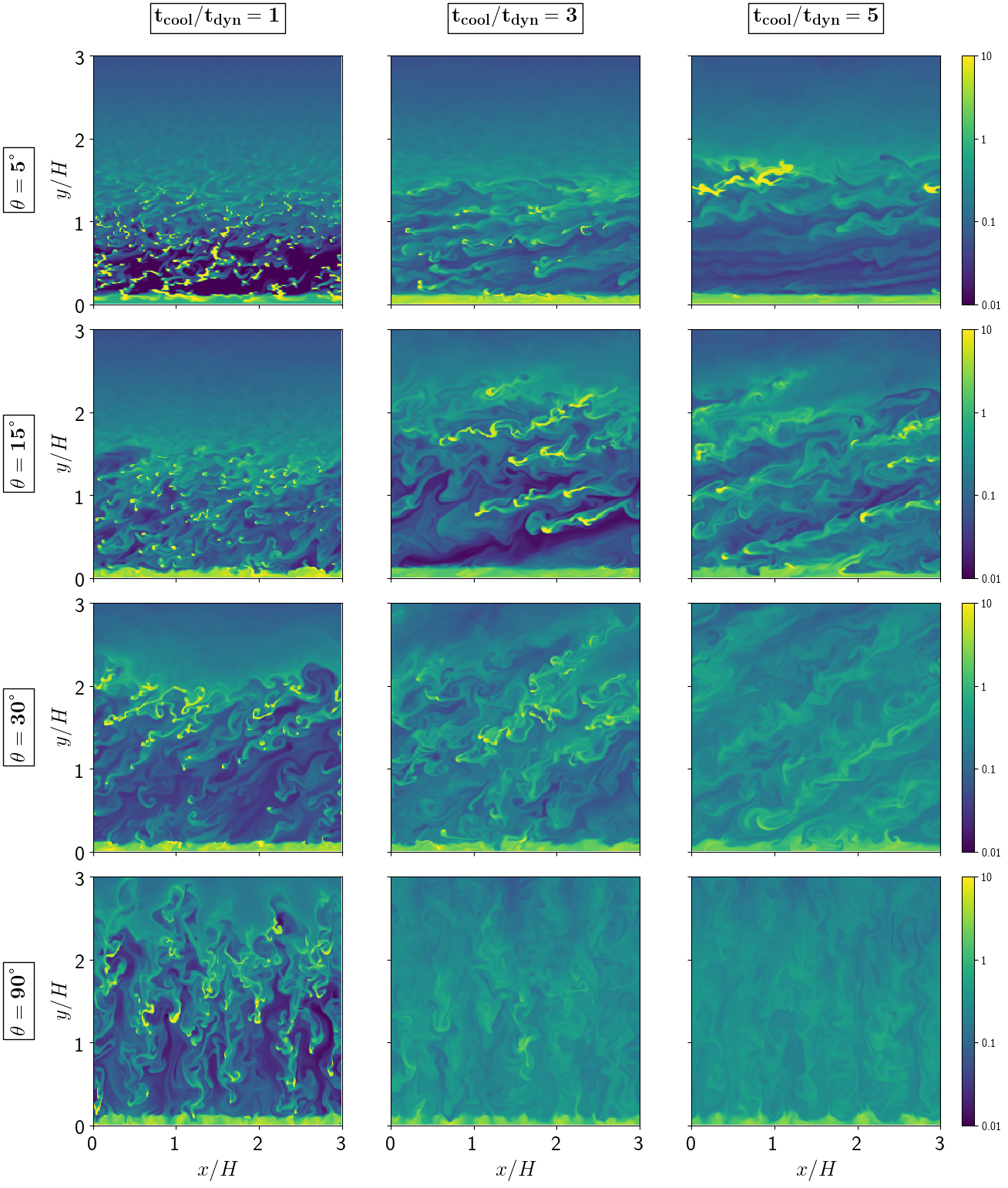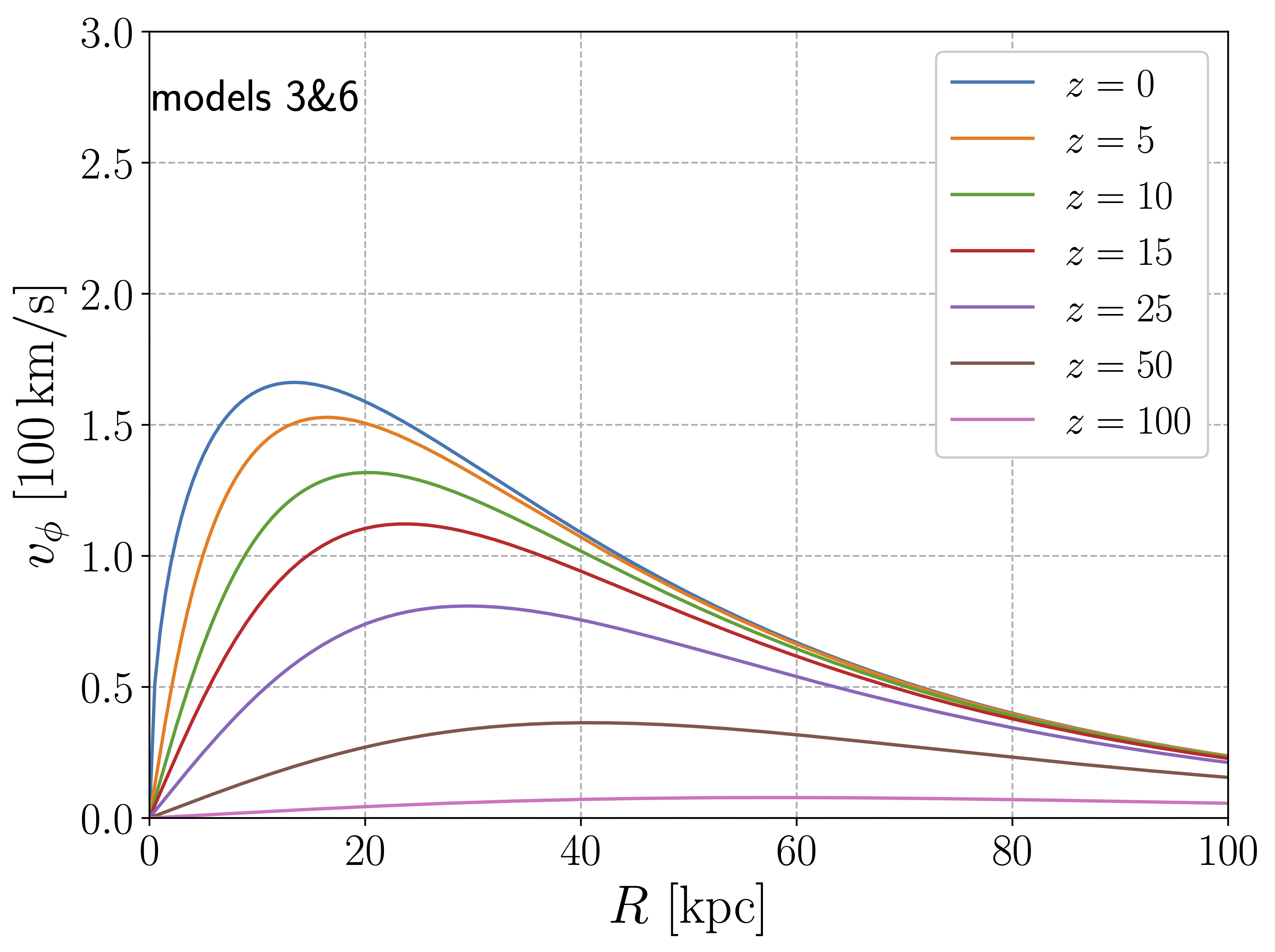
The effect of rotation on the thermal instability of stratified galactic atmospheres - II. The formation of high-velocity clouds
Sormani & Sobacchi (2019), MNRAS,486,215 [ADS link]
Whether high-velocity clouds (HVCs) can form by condensation of the hot (T ∼ 10^6 K) Galactic corona as a consequence of thermal instabilities has been controversial. Here, we re-examine this problem and we suggest that rotation of the corona might be a missing key ingredient. We do this by studying the evolution of the models of rotating galactic coronae presented in Sormani et al. (2018) under the presence of cooling and thermal conduction. We combine a linear stability analysis with the results of local and global hydrodynamical simulations. We find that condensations are likely to occur in regions where the corona has substantial rotational support. Under reasonably general assumptions on the rotation profile of the corona, the locations where condensations are expected are in remarkable agreement with the observed location of the major non-magellanic HVC complexes in our Galaxy (namely, at distances ≲ 15 kpc from the Sun and within 30° from the disc plane). We conclude that HVCs can form by thermal instabilities provided that (i) the corona is rotating substantially in the inner (R ≲ 50 kpc) parts, as suggested by current observational data and predicted by cosmological simulations of galaxy formation; and (ii) close to the disc the corona is well represented by a nearly equilibrium stratified rotating structure (as opposed to a fast-cooling flow). Our results also suggest that a better understanding of the disc-halo interface, including supernova feedback, is critical to understand the origin of HVCs.

The effect of rotation on the thermal instability of stratified galactic atmospheres - I. Local analysis
Sobacchi & Sormani (2019), MNRAS,486,205 [ADS link]
Observations show that (i) multiple gas phases can coexist in the atmospheres of galaxies and clusters; (ii) these atmospheres may be significantly rotating in the inner parts, with typical velocities that approach or even exceed the local sound speed. The thermal instability is a natural candidate to explain the formation of cold structures via condensation of a hotter gas phase. Here we systematically study the effect of rotation on the thermal stability of stratified plane-parallel atmospheres, using both analytical arguments and numerical simulations. We find that the formation of cold structures starting from small isobaric perturbations is enhanced in the regions where the rotation of the system is dynamically important (i.e. when the rotational velocity becomes comparable to the sound speed). In particular, the threshold value of the ratio between the cooling and dynamical time tcool/tdyn below which condensations can form is increased by a factor of up to ∼10 in the presence of significant rotation. We briefly discuss the implications of our results for galaxies and clusters.

Models of rotating coronae
Sormani et al. (2018), MNRAS,481,3370 [ADS link]
Fitting equilibrium dynamical models to observational data is an essential step in understanding the structure of the gaseous hot haloes that surround our own and other galaxies. However, the two main categories of models that are used in the literature are poorly suited for this task: (i) simple barotropic models are analytic and can therefore be adjusted to match the observations, but are clearly unrealistic because the rotational velocity v_phi(R,z) does not depend on the distance z from the galactic plane, while (ii) models obtained as a result of cosmological galaxy formation simulations are more realistic, but are impractical to fit to observations due to high computational cost. Here we bridge this gap by presenting a general method to construct axisymmetric baroclinic equilibrium models of rotating galactic coronae in arbitrary external potentials. We consider in particular a family of models whose equipressure surfaces in the (R,z) plane are ellipses of varying axis ratio. These models are defined by two one-dimensional functions, the axial ratio of pressure q_axis and the value of the pressure P_axis(z) along the galaxy's symmetry axis. These models can have a rotation speed v_phi(R,z) that realistically decreases as one moves away from the galactic plane, and can reproduce the angular momentum distribution found in cosmological simulations. The models are computationally cheap to construct and can thus be used in fitting algorithms. We provide a python code that given q_axis(z), P_axis(z) and Phi(R,z) returns rho(R,z), T(R,z), P(R,z), v_phi(R,z). We show a few examples of these models using the Milky Way as a case study.